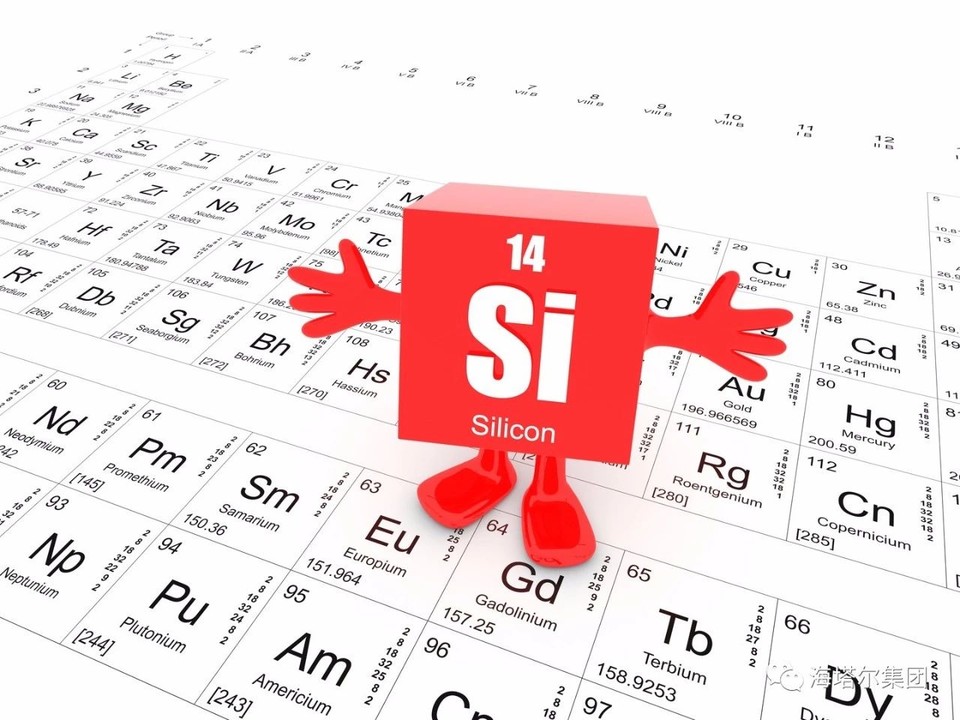
The tropical fodder silicification as influenced by burning: Cases of Andropogon schirensis, Brachiaria falcifera and Hyparrhenia subplumosa from Gui
Although silicon is beneficial for promoting plant growth and yield, a high content may affect palatability and digestibility of fodder grasses. Where the economy is agricultural dependent, preoccupation is to reduce forage leaves silica concentration to improve nutrient value for animals. Fire as a key driver of grassland structure and ecological functioning, might promote increased silicon storage in above ground biomass. We evaluate the burning effect on silicification of 3 main forage grasses (Brachiaria falcifera, Andropogon schirensis and Hyparrhenia subplmosa)of native pasture from Samiondji Cattle Breeding Ranch in Guinean Benin.
Productivity plots sized 10 m x 10 m were delimited. Treatments consisted in 3 burning dates setout of 4 to 7: 25/01/2003; 25/02/2003; 5/042003. Globally, 27 observations(3 species x 3 burning dates x 3 replicates )were compared to controls. Leaf blades were harvested after 13 weeks vegetation. Apart from morphometric and structural traits, samples collected respectively in 2002, 2003, 2004 were 48h oven dried and analyzed for SiO2 and dry Ashes gravimetrically, Nitrogen by Kjeldahl, and others (Ca, K, Mg, P) using Inductively Coupled Plasma Atomic Emission Spectrometry (Varian Vista MPX; Brussels). Log-transformation restored data homoscedasticity before a Two-way ANOVA and Pearson correlations at 5% were performed using Statistica 7.0. As no significant effect of year appeared, only data for 2003 were considered in this report.
As results, (a)Both species are quite rich in silica as well as in macro nutrients; (b)Factors such as
"Species", "Burning "and"Species*Burning" highly influenced SiO2, and nutrients concentrations. B. falcifera showed the highest value for SiO2(11.57-13.82% DM i. e. 3 to 4 fold the controls) followed by A. schirensis (8.24-9.84% DM i.e. 2 to 2.3 fold the controls) and H. smithiana the lowest(6.44-9.26% DM i.e. 1.8 to 2.8 fold the controls); (c)Species are silica accumulators (SiO2>1% DM; [SiO2] /[Ca] (14,2-52,32)>1); (d)Covariations an alyses showed SiO2 positively related to Ashes (RSIO2/ashers=0. 95; p<0.001) while negatively with proteins (RSIO2/protein=-0.65;p<0.001), Caclcium (RSIO2/ca=-0.38; p<0.005) and Magnesium(RSIO2/mg=-0.35; p<0.005 ).Additionally, Ca and Mg positively related(R=0.72; p<0.001). (e)Even under burning, SiO2 concentration tended to decrease with significant increase in Proteins, Ca and Mg. These results suggested that silica could be reduced with significant increase in important nutrients. In pooled treatments, SiO2 and soluble Ashes concentrations largely differed between species; but positive relationship suggested similar accumulation pattern for silica and soluble ashes.
While high ashes concentration is desirable for grasses nutritive value, high silica concentration is undesirable for reducing palatability. Despite prescribed burning ability to increase grass SiO2, it could serve as tool for managing silicification as well as nutritional status for higher animal productivity. However, mechanisms for this complex Sio, accumulation process are not well known. Ecological interactions with molecular and chemical techniques will help in controlling silicification and filling knowledge gap on the role of fire in the production and storage of silicon in tropical plants.